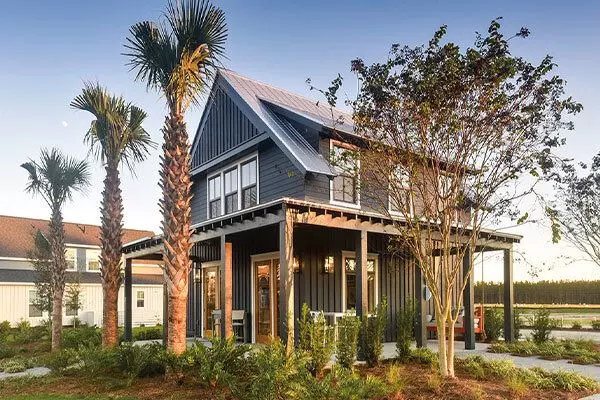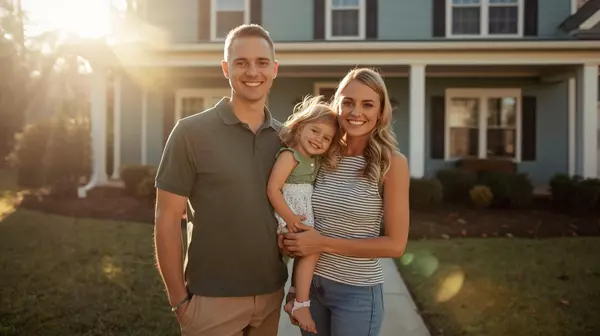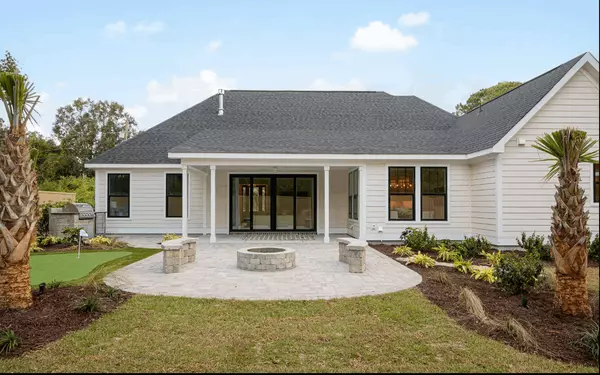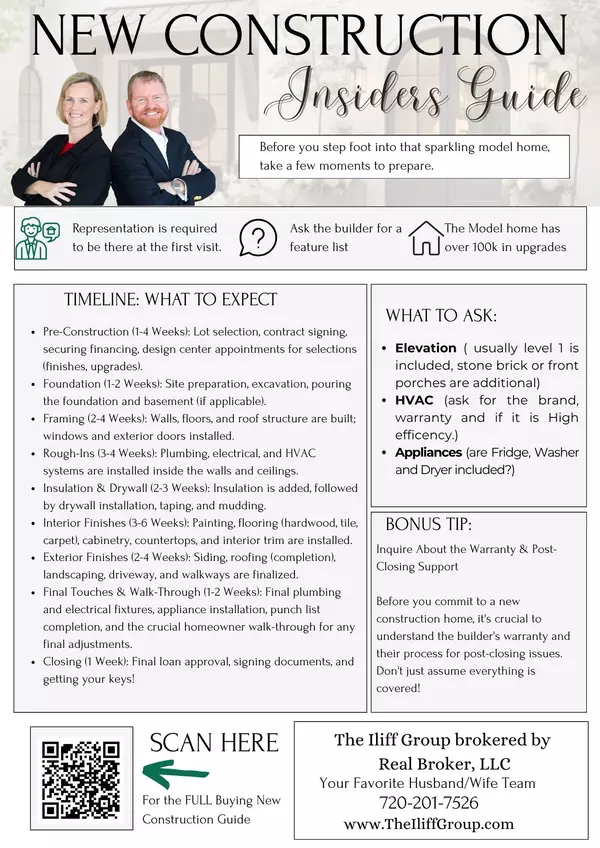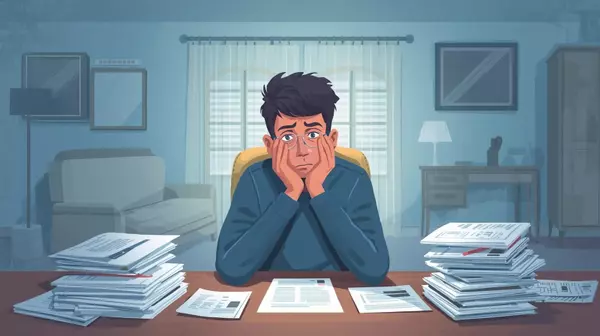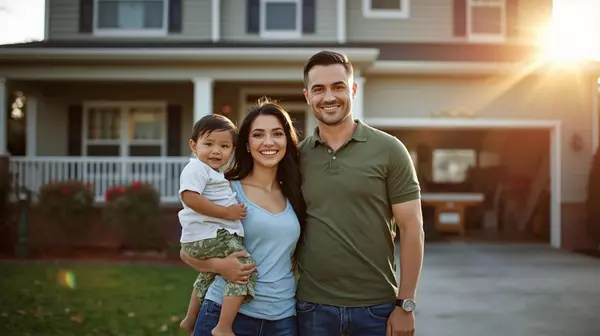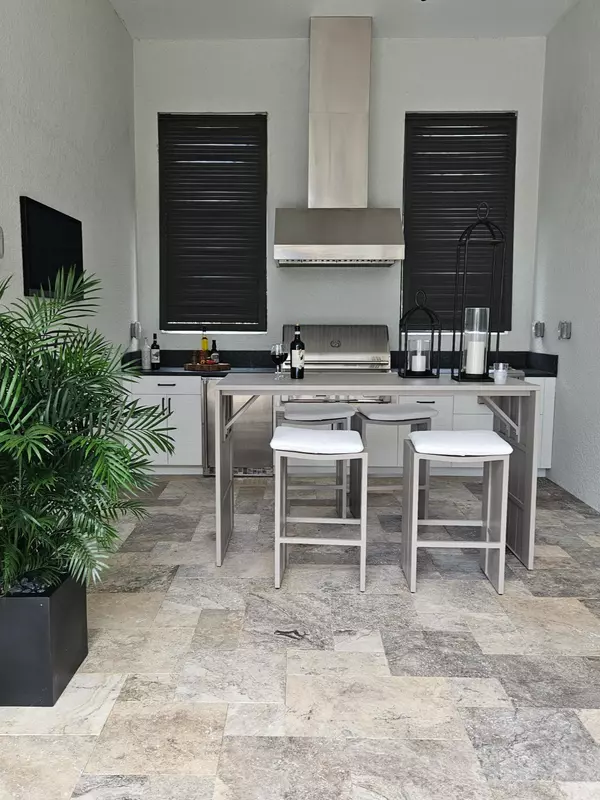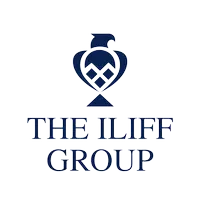Restoring History: Your Ultimate Guide to Renovating a Summerville SC Historic Home
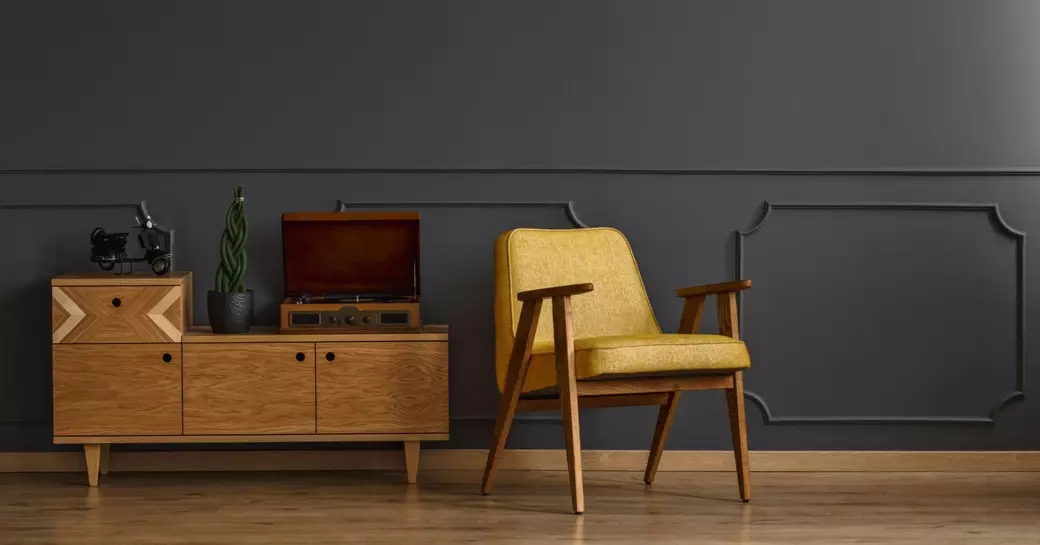
Restoring History: Your Ultimate Guide to Renovating a Summerville, SC Historic Home
The dream of owning a piece of "Flowertown in the Pines" history is strong, but the reality of restoring it is complex. Summerville, South Carolina, boasts a stunning historic district, a charming heart filled with grand Victorian homes, classic Lowcountry cottages, and architectural treasures that pre-date the town's founding in the 1830s.
As a husband and wife real estate team deeply rooted in the Lowcountry, we understand the allure of these properties. We also know that a successful renovation of a historic Summerville home requires a specialized strategy, deep respect for preservation guidelines, and a clear understanding of the financial incentives available. This comprehensive guide will walk you through the essential steps, from initial research and working with the local review board to finding the right experts and accessing valuable tax credits.
Step 1: Navigating the Summerville Historic District's Authority
Before we swing a single hammer or even pick a paint color, we must understand the regulatory landscape. Summerville’s most historic homes fall under the jurisdiction of a vital local body.
The Board of Architectural Review (BAR) Mandate
The Town of Summerville’s Historic District / Board of Architectural Review (BAR) is the governing body for all exterior changes, and sometimes certain interior structural changes, within the designated historic district. Their mission is to protect, preserve, and enhance the architectural integrity that makes our town unique.
-
When is BAR Approval Required? Any exterior work visible from the public right-of-way, including paint colors, window replacement, roof materials, additions, porches, and even significant landscaping, must receive prior approval. Simple, like-for-like repairs often qualify for a streamlined staff review, but major renovations always require a formal application and board review.
-
The Design Guidelines: The BAR operates using the Historic District Design Guidelines, which emphasize preservation over replacement. Their standards are rooted in the Secretary of the Interior's Standards for the Treatment of Historic Properties. We encourage all our clients to study these guidelines thoroughly, as they dictate everything from the acceptable materials (vinyl siding or replacement windows are generally a firm no) to the scale of new additions.
-
Our Pro Tip: Engage with the Town’s Planning Department staff early. Their guidance before you finalize your plans can save months of delays and costly redesigns. We work closely with these departments to ensure our clients' projects start on the right foot.
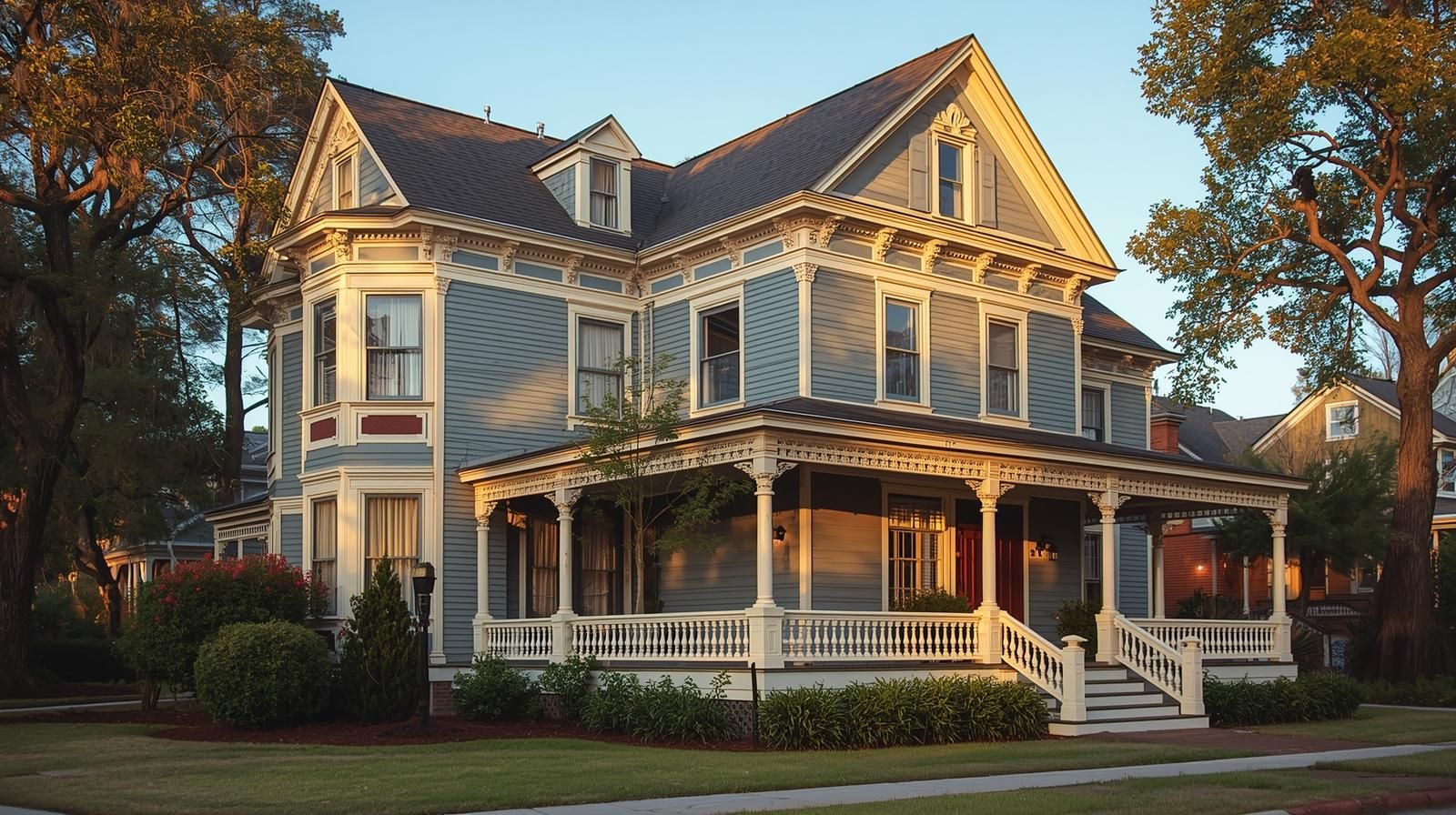
Step 2: Assembling Your Historic Renovation Dream Team
Historic homes have unique challenges, structural issues from decades of Lowcountry humidity, outdated systems, and architectural features that require specific skills. A general contractor is often not enough; you need specialists.
Hiring Preservation-Focused Experts
The team you assemble must have a proven track record of working successfully on historic structures, and ideally, within the Summerville/Charleston area.
-
The Historic Architect: An architect specializing in preservation is your most important ally. They are skilled at designing modern functionality (like open kitchens or new bathrooms) while maintaining the original character and ensuring the plans meet all BAR compliance standards. They speak the regulatory language fluently.
-
The Specialty Contractor: We always recommend a contractor with a dedicated portfolio of historic restoration work. They understand the difference between replacement and restoration. They know how to handle centuries-old lumber, work with plaster, repair divided-light windows, and deal with the inevitable surprises (like balloon-frame construction or unforeseen water damage) that older homes reveal.
-
Structural Engineer: Before any demolition, a structural engineer with historic experience is non-negotiable. They assess the foundation, load-bearing walls, and framing for issues like termite damage or shifting, ensuring the home is safe and stable for another century. They can discretely design necessary reinforcements.
-
Other Key Specialists: Don't overlook experts in historic electrical systems, plumbing, and HVAC. Upgrading these systems for modern efficiency while hiding the new mechanics (e.g., mini-split systems or clever ductwork) is a specialized art.
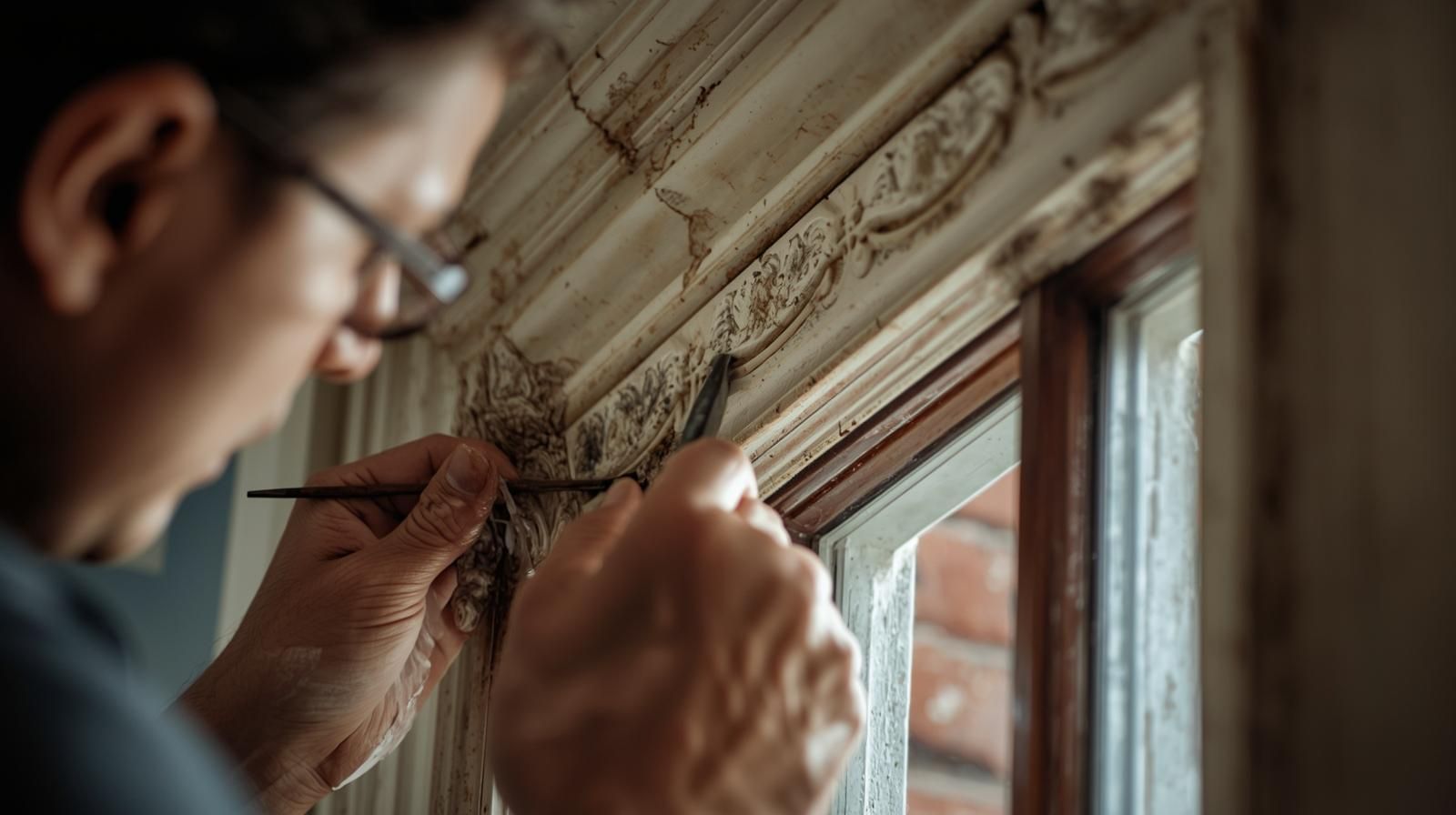
Step 3: Securing Your Financial Incentives and Tax Credits
Restoring a historic home is an investment, but the State of South Carolina offers significant financial advantages to those committed to preservation. These credits can dramatically offset your total renovation costs.
The Powerful State Historic Rehabilitation Tax Credit
For owner-occupied homes, the most impactful incentive is the South Carolina Historic Rehabilitation Tax Credit.
-
The 25% Credit: Taxpayers who rehabilitate their principal residence may be eligible to subtract 25% of their eligible rehabilitation expenses from their state income taxes. This is a dollar-for-dollar reduction in tax liability, not just a deduction.
-
Key Requirements:
-
The home must be a "certified historic structure" (e.g., listed on the National Register of Historic Places or contributing to a registered historic district like Summerville's).
-
There is a minimum expenditure requirement (currently a minimum of $15,000 spent within 36 months).
-
Crucially: Applications must be submitted to the State Historic Preservation Office (SHPO) for review and approval BEFORE WORK BEGINS. Failure to pre-approve your project can disqualify you entirely from the credit.
-
-
The Multi-Year Benefit: The credit is often claimed over a five-year period, providing sustained financial relief as you invest in your property.
Integrating Modern Efficiency with Preservation
Historic homes are notoriously energy inefficient, but modernizing them doesn't have to mean replacing irreplaceable historic materials.
-
Window Restoration: Instead of installing modern, non-historic vinyl windows (which the BAR will likely reject), invest in restoring the original wooden sash windows. We can then add discreet, interior storm windows which dramatically improve energy efficiency without altering the exterior aesthetic.
-
Insulation: The most impact comes from adding insulation in attics and crawlspaces. Modern spray foam insulation, when applied properly, can be transformative for comfort and energy bills.
-
HVAC: We guide clients to use smaller, high-velocity duct systems or ductless mini-split units to avoid having to run large, modern ducts through historic wall cavities. This preserves the home's structure while ensuring reliable climate control.
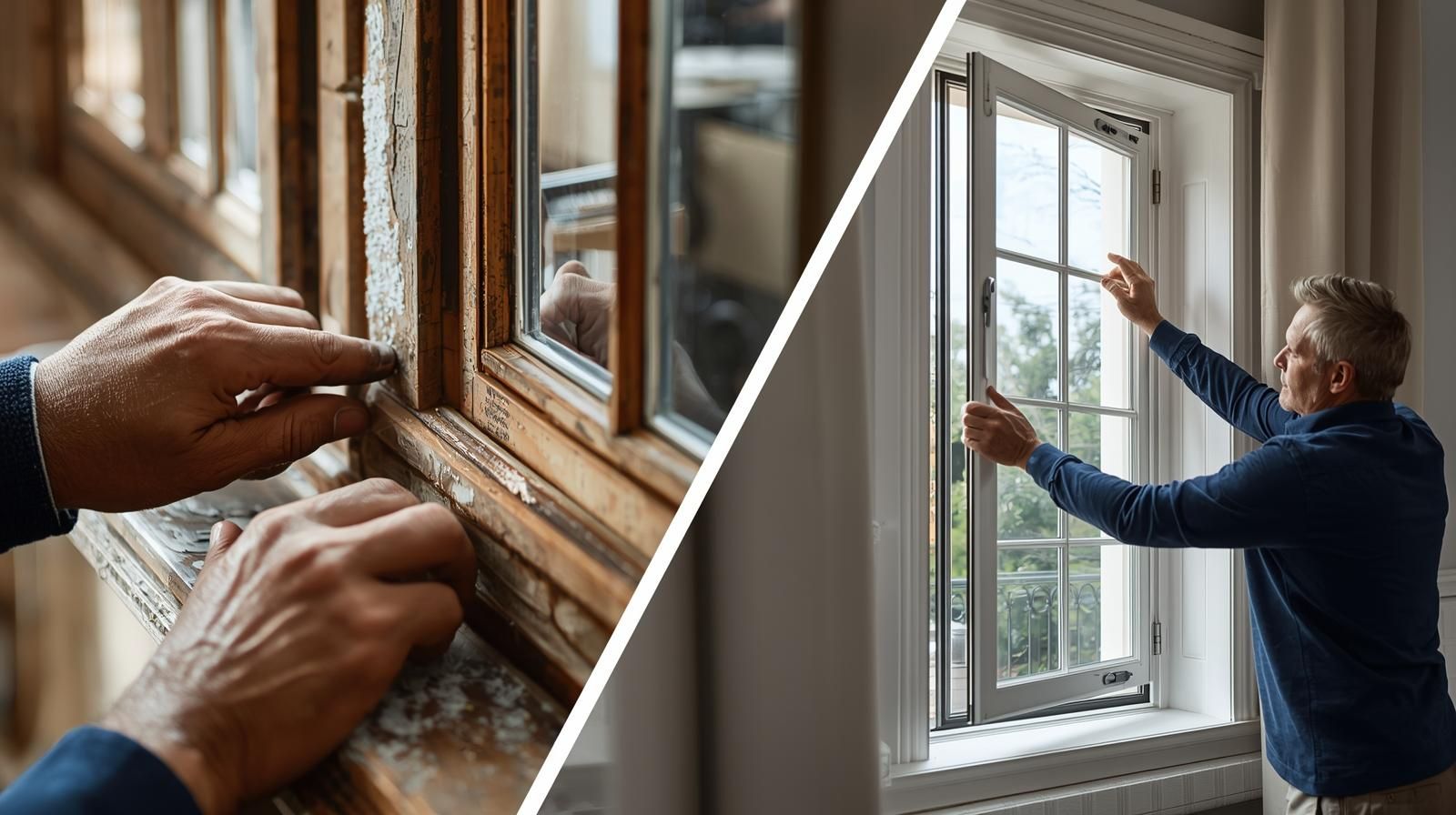
Step 4: The Restoration Process: Prioritizing Authenticity and Structure
A successful historic renovation is a methodical process. We always advise our clients to prioritize the foundational and structural work before tackling the finishes.
Foundation First: The Lowcountry Imperative
Due to our humid climate and occasional water intrusion, historic homes in the Summerville area often have foundation or moisture issues.
-
Termites and Wood Rot: These are common foes. A thorough inspection must identify and remediate all pest and moisture issues. Structural repairs should utilize period-appropriate lumber or carefully integrated modern materials to match load-bearing capacity.
-
Crawlspace Encapsulation: A must for Lowcountry homes. Encapsulating the crawlspace with a vapor barrier, dehumidifier, and proper sealing controls moisture, protecting the wooden structure from future decay and significantly improving indoor air quality.
Preserving Character-Defining Features
The true value of your historic home lies in its unique, unrepeatable details. Our goal is to save these features.
-
Original Millwork and Floors: We emphasize sanding and refinishing original heart pine or oak floors, repairing rather than replacing ornate crown molding, and restoring original fireplace mantels and built-ins. These elements are impossible to replicate with modern materials.
-
Period-Appropriate Colors: The BAR has specific guidelines on exterior paint. We work with clients to select a palette that honors the home’s era, often using the muted pastels, historic earth tones, and deep colors characteristic of the Lowcountry style.
-
Thoughtful Modernization: Kitchens and bathrooms are where modern living demands the most. The trick is to design these spaces with contemporary function (stainless steel appliances, walk-in showers) while using materials, like classic hexagonal tile, period-style cabinetry, and reproduction fixtures, that feel harmonious with the home's historic style.
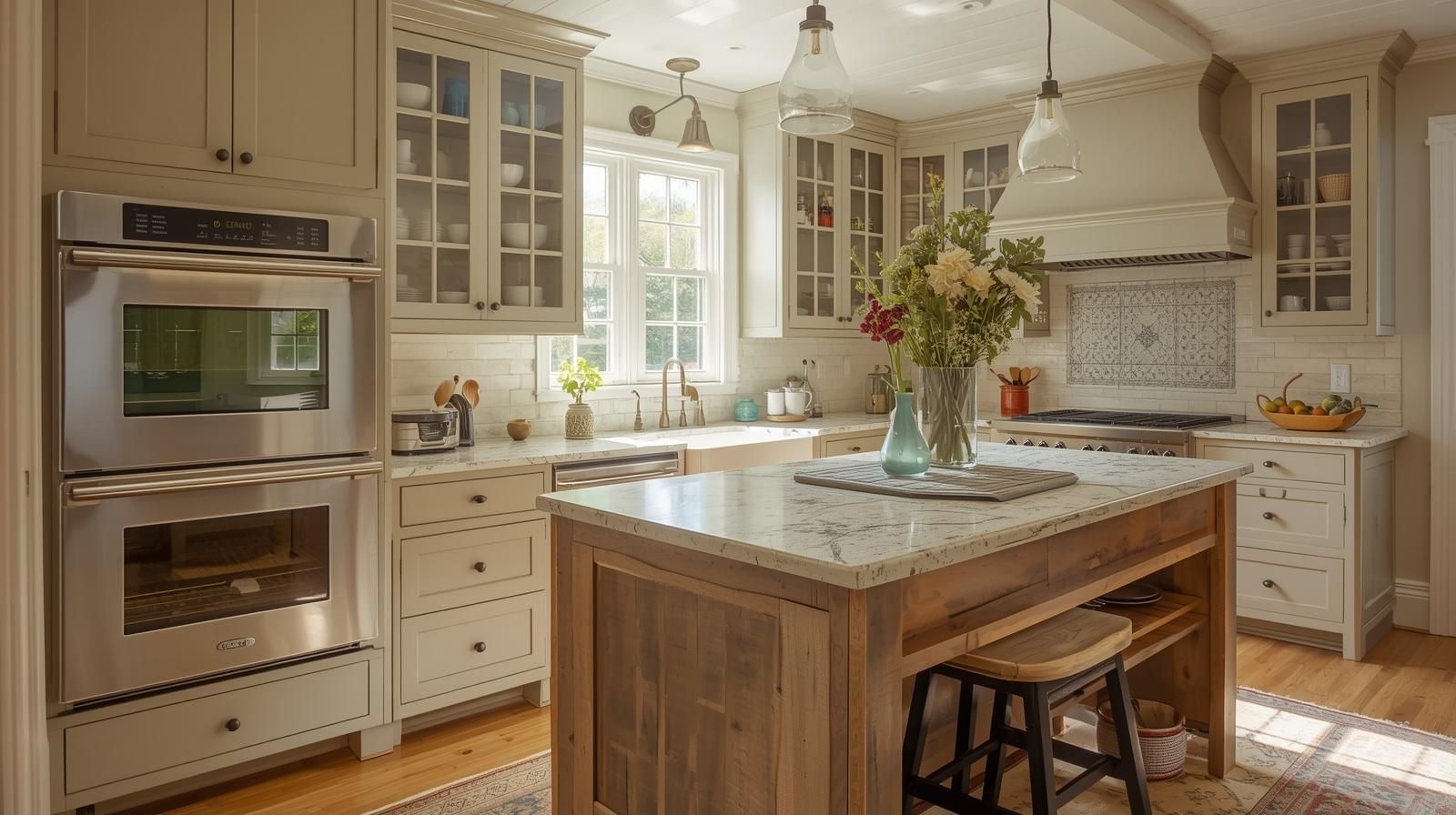
Step 5: Preparing for Resale: The Value of a Certified Restoration
When it’s time to sell, a well-documented, certified historic restoration is a powerful asset that commands a premium in the Summerville market.
Maximizing Home Value with Documentation
Unlike a simple remodel, a certified historic renovation provides documentation that assures future buyers of the home’s quality and authenticity.
-
The "Preservation Portfolio": We advise all our historic renovation clients to maintain a "Preservation Portfolio." This portfolio includes copies of the approved BAR plans, the final SHPO certification paperwork for the tax credits, documentation of all structural repairs (engineer reports), and a list of all major system upgrades (HVAC, electrical, plumbing).
-
Marketing the Restoration: When we list your restored home, we use this portfolio to market the property not just as a "renovated home," but as a "Certified Historic Restoration." This distinction sets your home apart from simple cosmetic flips, appealing directly to the discerning buyer who values authenticity and quality structural work.
-
Long-Term Appeal: The effort we invest in preservation today ensures that your home retains its unique Lowcountry character and continues to appreciate as a true architectural rarity in a market increasingly dominated by new construction.
Are you ready to stop dreaming and start the rewarding work of bringing a Summerville treasure back to life? From finding the perfect property in the Historic District to connecting you with BAR-approved architects and securing your state tax credits, we are your dedicated partners in historic home restoration.
Click HERE to See Historic Homes for Sale in Summerville, SC!
Top 5 Questions About Buying/Selling a Summerville Historic Home
1. What is the single biggest risk when buying an unrenovated historic home?
-
Question: If we are interested in purchasing an older, unrenovated home in the Historic District, what is the single biggest potential financial risk we need to prepare for?
-
Answer: The biggest risk is discovering significant, hidden structural damage from decades of moisture intrusion, pests (like termites), or foundation issues. These structural repairs are the most expensive and least visible work, often requiring tens of thousands of dollars to stabilize the home before any cosmetic renovation can begin. We strongly recommend a dedicated structural engineer's assessment before closing to identify and budget for these essential repairs.
2. How long does the BAR approval process typically add to the overall renovation timeline?
-
Question: After we finalize our design plans, how much time should we realistically allocate for the Summerville Board of Architectural Review (BAR) to approve our renovation?
-
Answer: The timeline depends on the project's complexity; minor staff-level reviews can take weeks, but major renovations requiring full board review can take two to three months from initial submission to final approval. This process requires perfect, complete paperwork, a presentation to the board, and potentially addressing any requested revisions. We always advise budgeting at least 90 days for the official regulatory timeline.
3. Can we install modern features like a large, open-concept kitchen or an outdoor pool?
-
Question: We want a modern lifestyle inside, specifically an open-concept kitchen and a pool; will the Historic District's rules allow for these modern changes?
-
Answer: Yes, modern interior functionality is generally permitted, provided that no original, character-defining interior features are destroyed. Open-concept kitchens are achievable by reinforcing walls and hiding structural beams. For exterior elements like a pool, it is possible, but the BAR will scrutinize the design and placement to ensure it does not detract from the historic context or require demolition of a contributing structure.
4. Is it harder to secure a conventional loan for a home that needs major historic restoration?
-
Question: We will need to finance a significant portion of the restoration; do lenders handle mortgages differently for historic homes needing major work compared to standard properties?
-
Answer: Yes, it can be more challenging, as standard conventional mortgages typically require the home to be in move-in condition. We often guide clients toward specialized financing, such as an FHA 203(k) loan or a construction-to-permanent loan, which bundles the purchase price and the renovation costs into a single mortgage. This structure is designed for homes that require substantial rehabilitation.
5. What is the process for documenting expenses to qualify for the 25% State Historic Tax Credit?
-
Question: How exactly do we ensure our renovation expenses are properly documented to successfully claim the valuable 25% State Historic Rehabilitation Tax Credit?
-
Answer: First, the SHPO must pre-approve your project design before work starts. Then, you must meticulously track all eligible expenses, ensuring they are related to physical preservation, rehabilitation, or structural work, excluding personal property like appliances. The process requires submitting a detailed Part 2 application (and later Part 3 certification) with invoices and photographic documentation, which is why a specialized accountant or consultant is essential for success.
Categories
- All Blogs (83)
- Cost of Living in Summerville SC (21)
- Cost of Selling or Buying a Home (23)
- Downtown Summerville SC (6)
- Freebie (2)
- Golf in Summerville SC (2)
- Guides (15)
- Job Opportunities in Summerville SC (1)
- Lifestyle and Culture (22)
- Market Trends (3)
- Nearby Areas & Comparison Guides (15)
- Neighborhoods in Summerville SC (21)
- PCSing to Charleston - Military Guidance (12)
- PCSing to Charleston SC (22)
- Property Taxes in Summerville SC (6)
- Relocation Questions & Miscellaneous Topics (39)
- Retire in Summerville SC (5)
- Schools in Summerville SC (13)
- Things to do in Summerville SC (6)
Recent Posts

